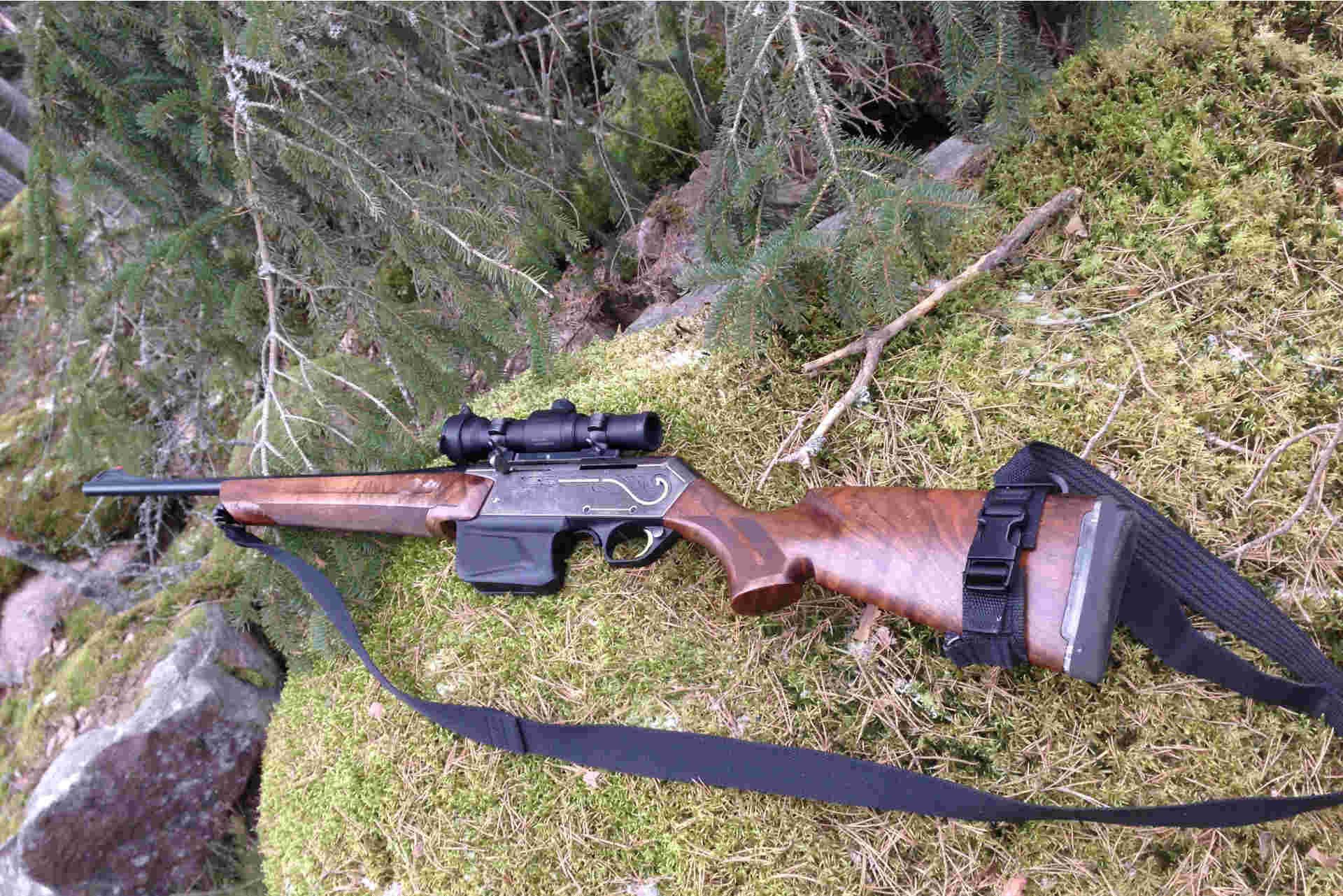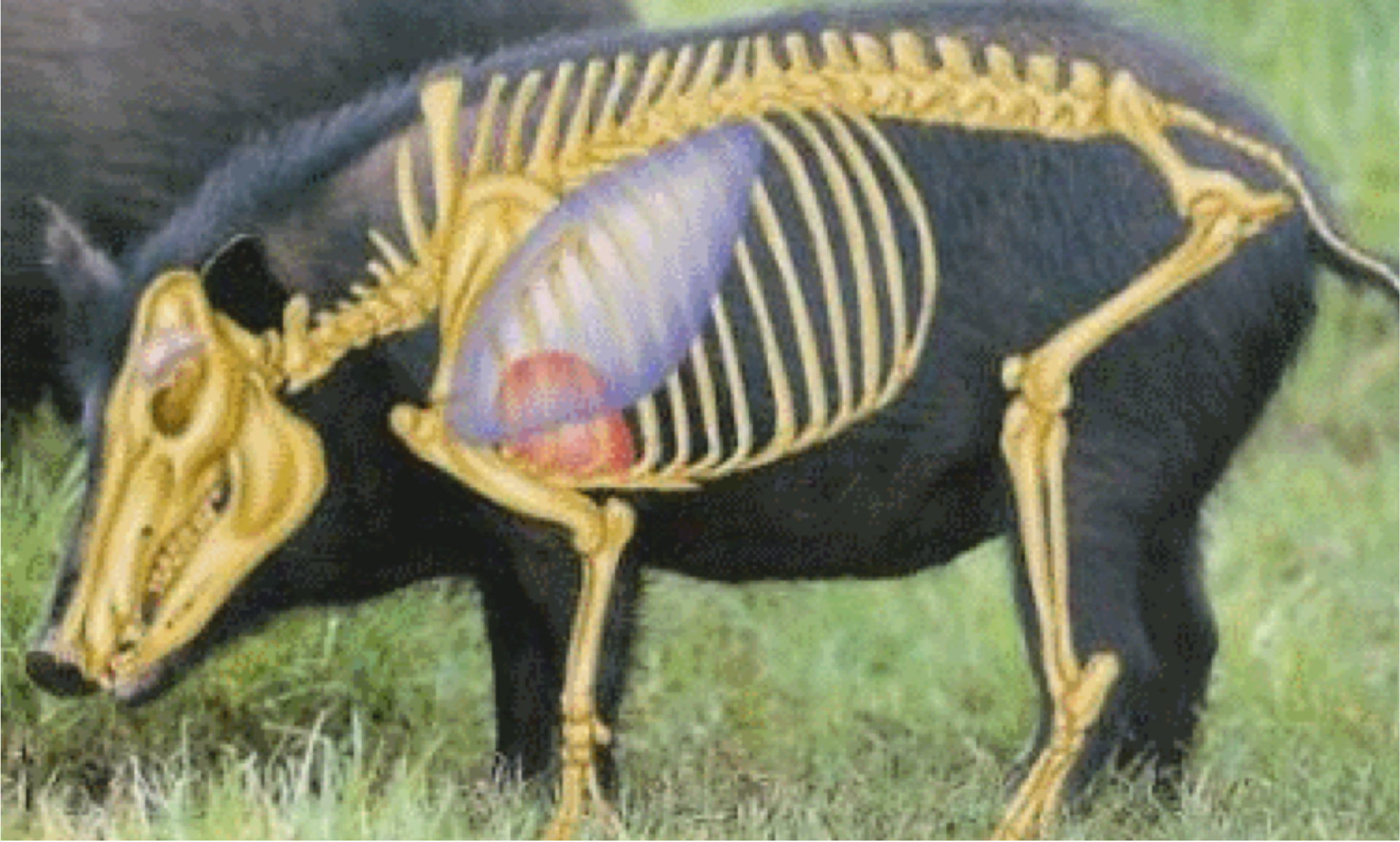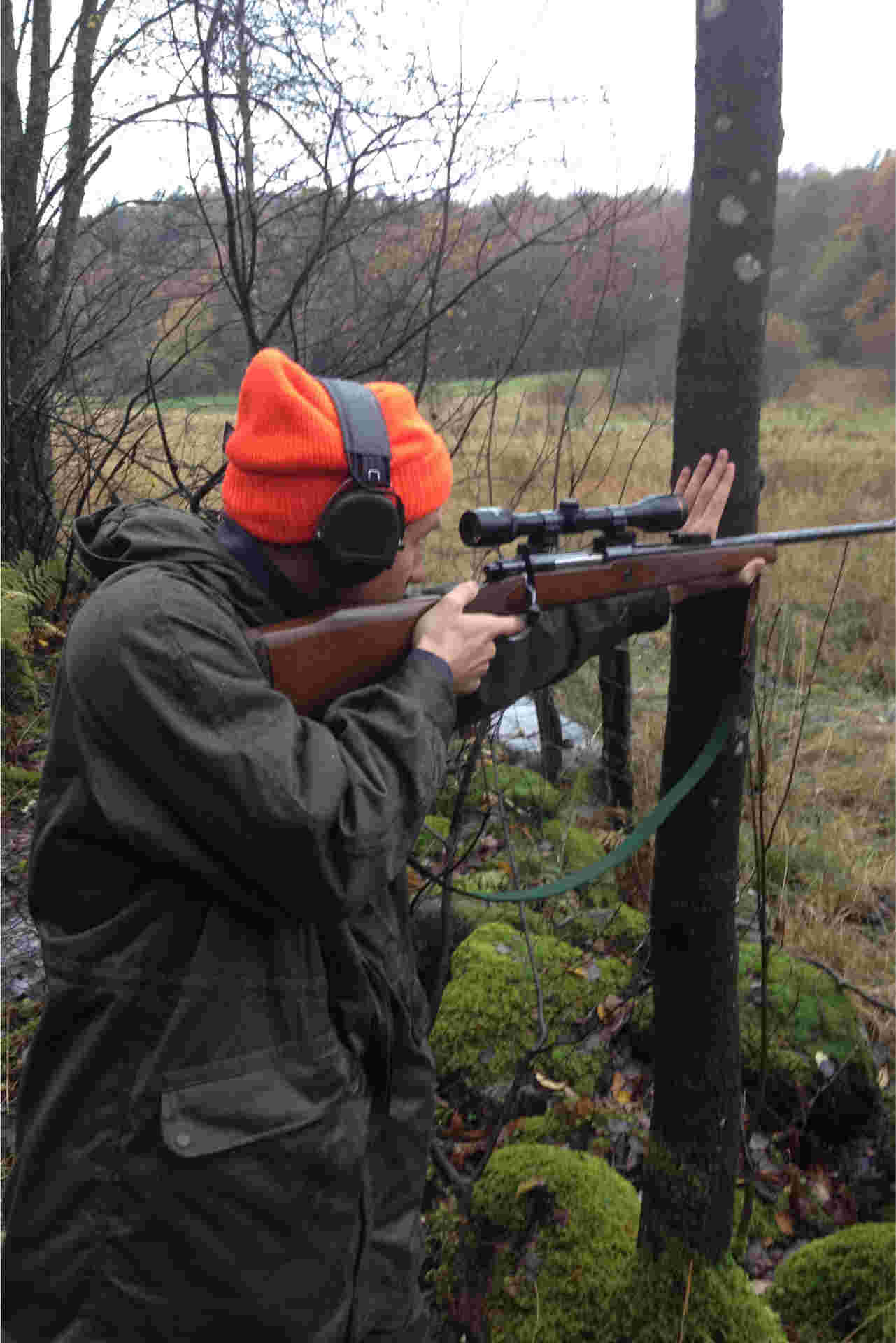Shooting
All guests will be required to sign a release of liability.

All guests will be required to sign a release of liability. It also has a list of safety rules. They are common sense safety rules. Treat all firearms as loaded at all times. Mind the muzzle of the firearm, never letting it point at something you do not intend to destroy. Be mindful of your target (know what you are shooting at), and mindful of what is behind your target. Never shoot an animal on the crest of a hill where there is no backdrop.
I allow and actually encourage rifle magazines be loaded so they are ready, but we never allow a loaded chamber until shooting at intended game is imminent. We will audibly assist each other to make sure rifles are safe when returning to our vehicle or when the shooting is over. We will each carefully check then announce Chamber Clear! Or Rifle is Safe! – use whatever audible works for you. We do it every time. We all visually and audibly help remind each other.
I also encourage an audible yet discreet announcement of “firing” or “fire in the hole” prior to pulling the trigger, so as not to surprise people when the rifle goes off. It is good to be able to at least put our fingers in our ears prior to the concussion of a shot.
I am a big believer in shooting sticks and we will use them if at all possible. We will practice holding and using sticks in advance so it is comfortable when the time comes. This can happen fast whether we are walking or driving. If we see the pigs from a distance, we will determine whether it is possible or feasible to get closer with the vehicle or on foot. If on foot, sometimes we will try and use the terrain or a tree to hide behind, and walk single file to minimize being noticed due to being in motion. How we proceed often depends on the wind. If we startle them close and they run we may still get a good opportunity. It is amazing how often a pig will run, then stop at about 70 yards and turn back to look at us. Anticipate that and it is a good opportunity for a shot.

In general, if you are not certain you hit it hard with the first shot, and it’s still standing or not obviously going down, shoot again immediately. One second later and you risk having to shoot at an injured yet very fast moving target and your shot window may be a few seconds at best. They can run down into a canyon or up a hill and be gone in seconds.
If hunting with a buddy, it is not a bad idea to have the #2 shooter also be ready to hit the pig if it doesn’t go down and is at risk of running. Discuss in advance. Once the shooting starts its best to get bit over quick.
If it is close enough where it cannot disappear quickly into the brush or over a ridge, you may have a second or two longer to think about it. If you know you hit it well with the first shot, only shoot again if it starts toward you. Don’t hesitate if it does. Anticipate and prepare for it. Calmly, and with a good foundation, shoot immediately if it comes at you, or if you are in doubt if it will or not.
Mind the rifle; chambered-on safe, or not chambered. If the shooting is over, take the round out of the chamber.
As you approach any downed animal, make noise, throw sticks or rocks at it’s head, and make sure it is dead. Do not get near enough that it could hurt you until you are certain it is 100% dead. Approach it from uphill if at all possible, particularly if it is not yet dead. Walk to the side, walk uphill, and walk around until you are uphill from the animal. Then can you approach slowly from above. Animals can and will get up and run, sometimes even after they seem dead. Sometimes our shots are not the best and the animal is injured but still quite dangerous. We have seen many pigs of both sexes try and charge after being shot. If you are downhill, even a lunge in the boar’s final throes of death could be dangerous. It is best to be uphill and cautious. If it does get up and run, mind your sweep as you follow for the shot.
After the animal is totally down, make the rifle safe by emptying the chamber. Everyone check and audible “Chamber Clear”
We do this same audible ‘chamber check’ when crossing a fence or any other obstacle, or when entering a vehicle or building.

Each hunter will need a license and pig tag (and/or a Zone A (south) deer tag) (and/or an upland bird stamp.) This is the lead free zone so non-lead ammo is required. Barnes is popular. I use Hornady GMX ammo exclusively. Copper is lighter than lead, so the same weight in copper requires a longer projectile. The bullet doesn’t seem to fly right if it is abnormally long. I like the lighter bullets. I use 150gr Hornady GMX exclusively in 30.06, and 165gr in 300 WinMag.
I recommend bringing some game bags (Alaska Game Bags – 72inch) and a couple of tarps (10x10 or larger) in case we are so lucky as to harvest. (I carry extras) We will gut in the field, then skin and hang the carcass in the skinning shed or in a tree. We will put the game bags on the carcass after it has hung for a while, usually just before you take it away. The game bags help keep things clean. The tarp is to wrap up the carcass in the car.
It is best to make sure your rifle is sighted in before you come, but we have places where we can shoot to make sure our rifles are ready before we hunt. If you’d like, you are welcome to bring any of your legal firearms, we can find an appropriate time and place to shoot them. (Transport unloaded with firearm(s) in trunk and non-lead ammo in separate container.)
It is a good idea to bring some ear protection as well. We will absolutely use ear covers for any target practice, and also while hunting as possible/reasonable. Ear plugs (foam inserts) plus ear muffs are ideal. Ear plugs alone are better than nothing while in the field. Sometimes things happen too fast to “add ears,” but it is good to think about it in advance.
If we are at the lodge, there are beds for us. At the camp, there are bunks and mattresses, and sleeping bags as well, but you may prefer to bring your own sleeping bag.
